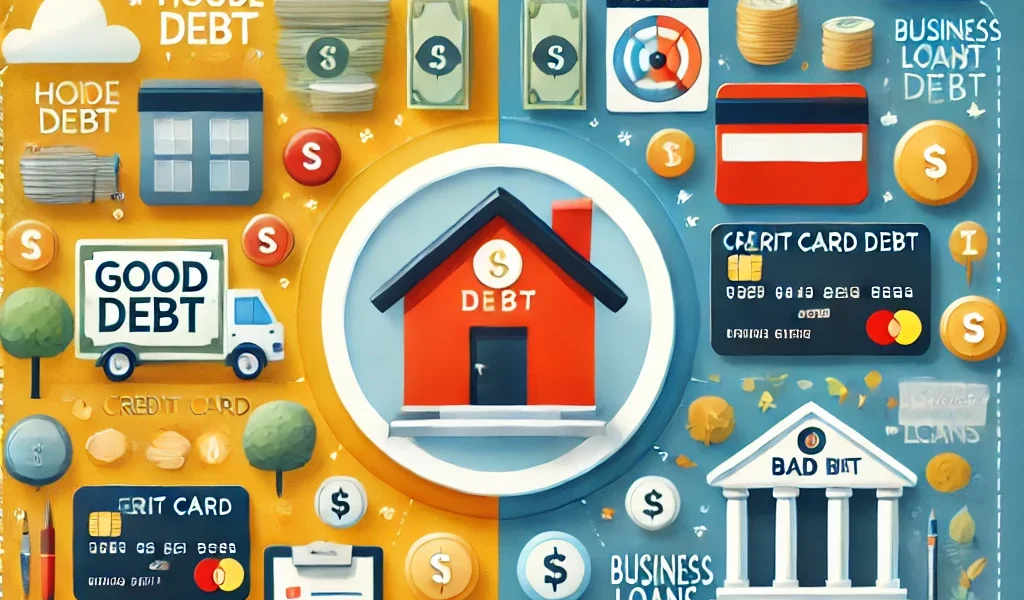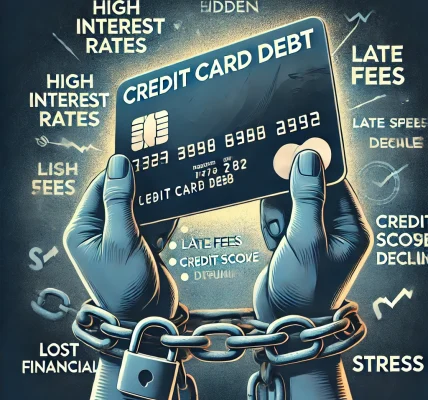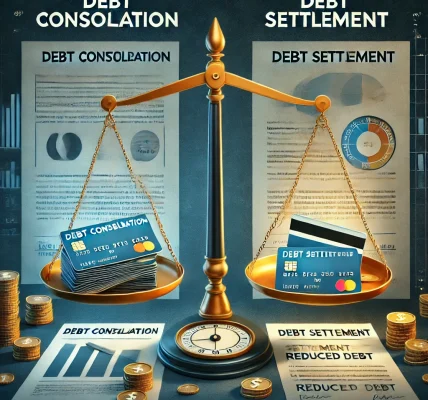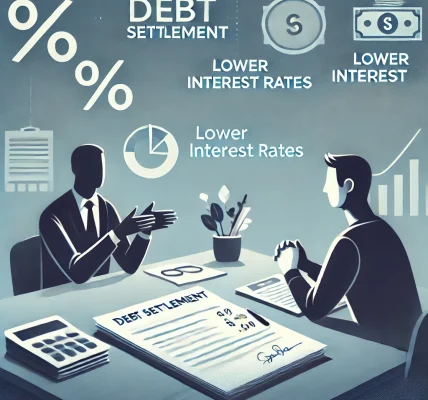Introduction
Debt is often viewed negatively, but not all debt is bad. In fact, when used strategically, certain types of debt can help build wealth, improve financial stability, and create opportunities for growth. Understanding the difference between good debt and bad debt is crucial for making smart borrowing decisions. This guide will break down the key distinctions and provide strategies for managing debt wisely.
What is Good Debt?
Good debt is any debt that helps you increase your net worth, generate income, or improve your financial future. It is typically used for investments that appreciate in value over time.
Examples of Good Debt
✅ Student Loans: Education can lead to higher earning potential, making student loans a worthwhile investment when borrowed responsibly.
✅ Mortgage Loans: Buying a home can build equity over time, making it a long-term financial asset.
✅ Business Loans: Loans used to start or grow a business can generate future income and financial stability.
✅ Investing in Real Estate: Purchasing rental properties can provide passive income and long-term value appreciation.
✅ Auto Loans (When Used Wisely): If a vehicle is necessary for work or business, an affordable auto loan can be beneficial.
What is Bad Debt?
Bad debt refers to borrowing that does not contribute to financial growth and often comes with high interest rates, making repayment difficult.
Examples of Bad Debt
❌ Credit Card Debt: High-interest rates and impulsive spending can lead to a cycle of debt that’s hard to escape.
❌ Payday Loans: These short-term loans have exorbitant interest rates and can trap borrowers in a debt cycle.
❌ High-Interest Personal Loans: Borrowing for non-essential expenses, such as vacations or luxury purchases, can be financially harmful.
❌ Auto Loans for Expensive Cars: Purchasing a luxury vehicle beyond your means results in excessive debt for a depreciating asset.
How to Make Smart Borrowing Decisions
1. Assess the Purpose of the Debt
Before borrowing, ask yourself:
- Will this debt help me build wealth or improve my financial stability?
- Can I afford to make the monthly payments without financial strain?
- Is there a lower-cost alternative available?
2. Understand Interest Rates and Loan Terms
- Lower interest rates make debt more manageable.
- Shorter loan terms generally cost less in interest over time.
- Avoid loans with variable interest rates that can increase unpredictably.
3. Prioritize Debt with Low Interest and High Returns
If taking on debt, ensure it has a strong return on investment. For example:
- A low-interest student loan can be valuable if it leads to a high-paying career.
- A mortgage can be a smart financial move if the home appreciates in value.
4. Avoid High-Interest Debt When Possible
- Pay off credit card balances in full each month.
- Consider alternatives like 0% APR balance transfer credit cards.
- Only use personal loans for essential expenses with a clear repayment plan.
5. Have a Repayment Strategy
- Use the Debt Snowball Method (paying off small debts first for motivation) or the Debt Avalanche Method (paying off high-interest debts first for cost savings).
- Create a budget to allocate extra funds toward debt repayment.
- Avoid taking on new debt unless absolutely necessary.
Conclusion
Debt is not inherently good or bad—it depends on how it’s used. Smart borrowing decisions involve choosing debt that supports financial growth while avoiding high-interest, non-essential debt. By understanding the difference between good and bad debt, you can create a sustainable financial future while minimizing unnecessary financial risks.




